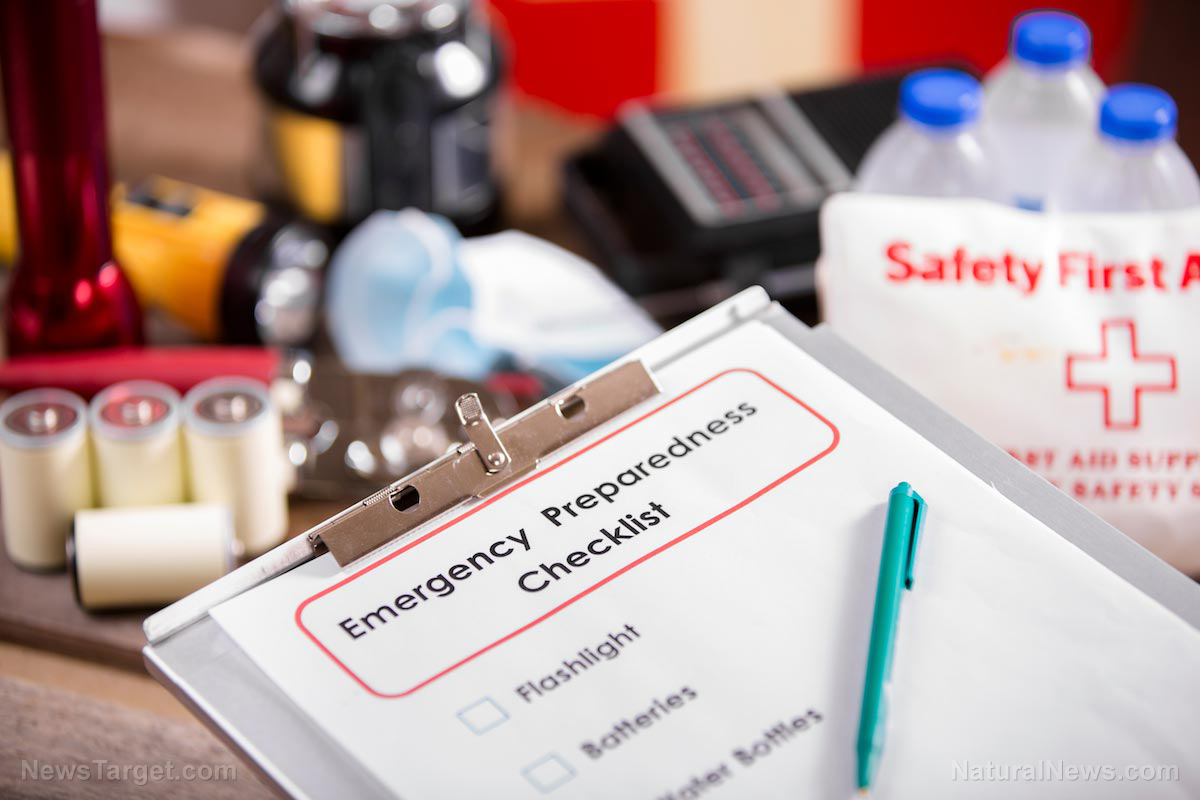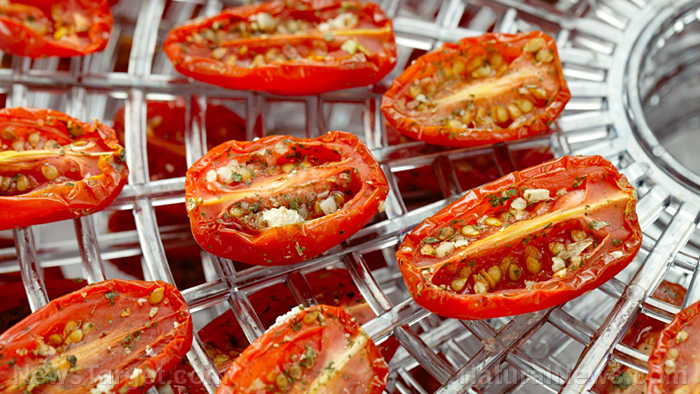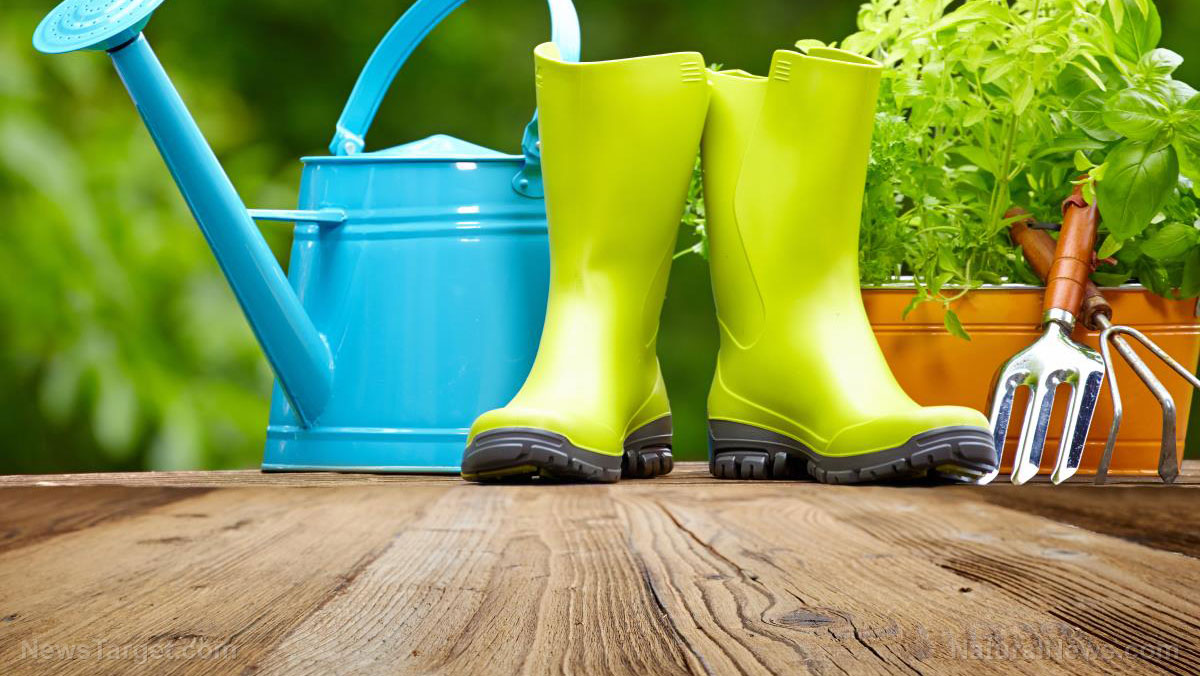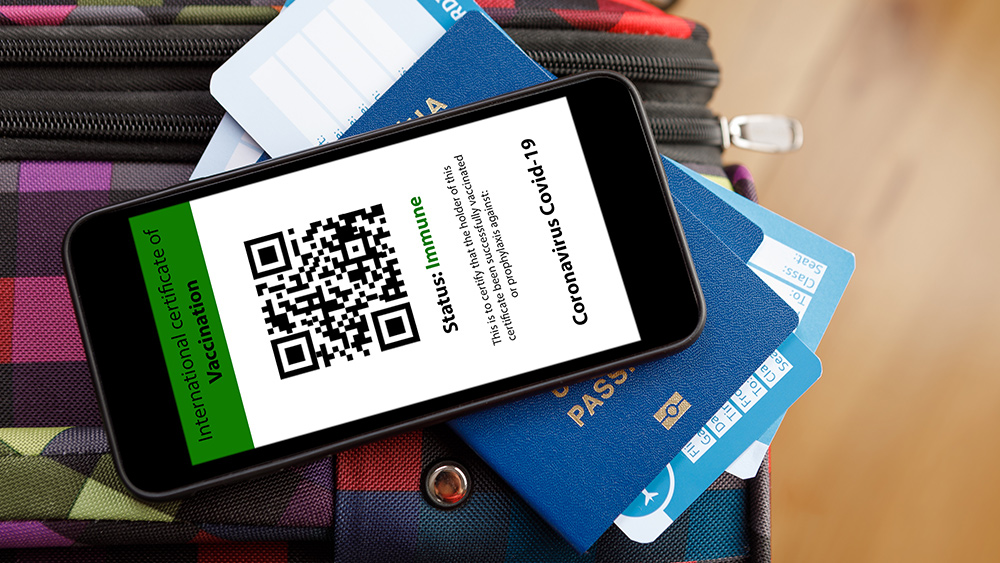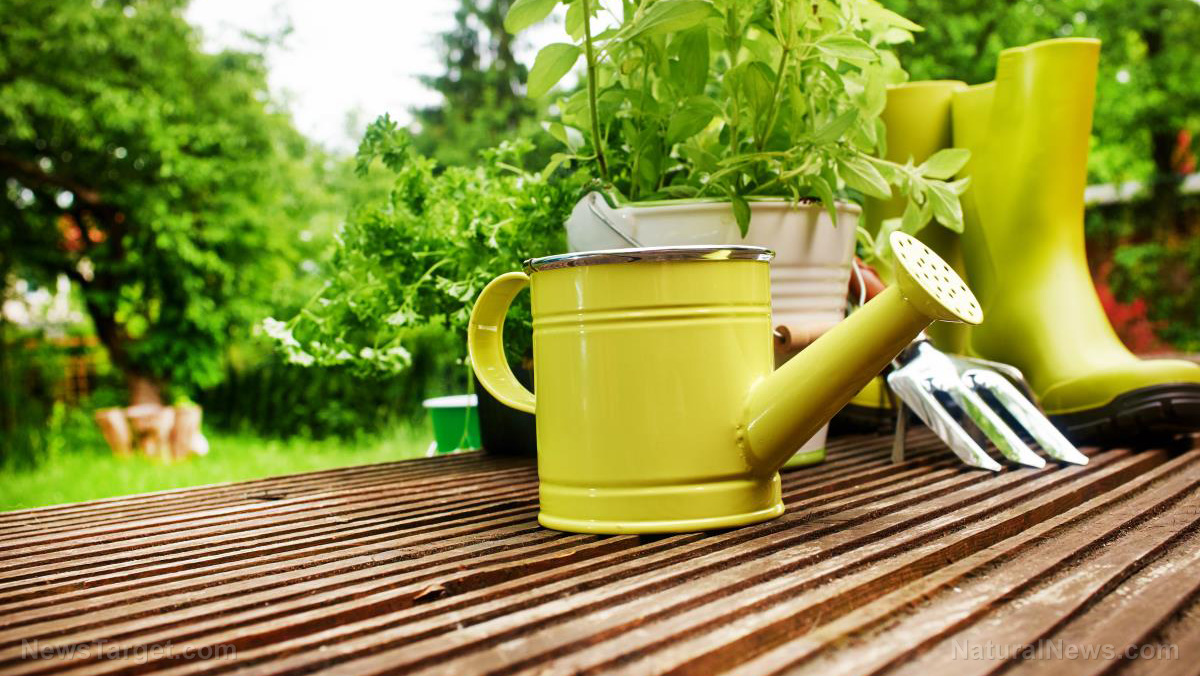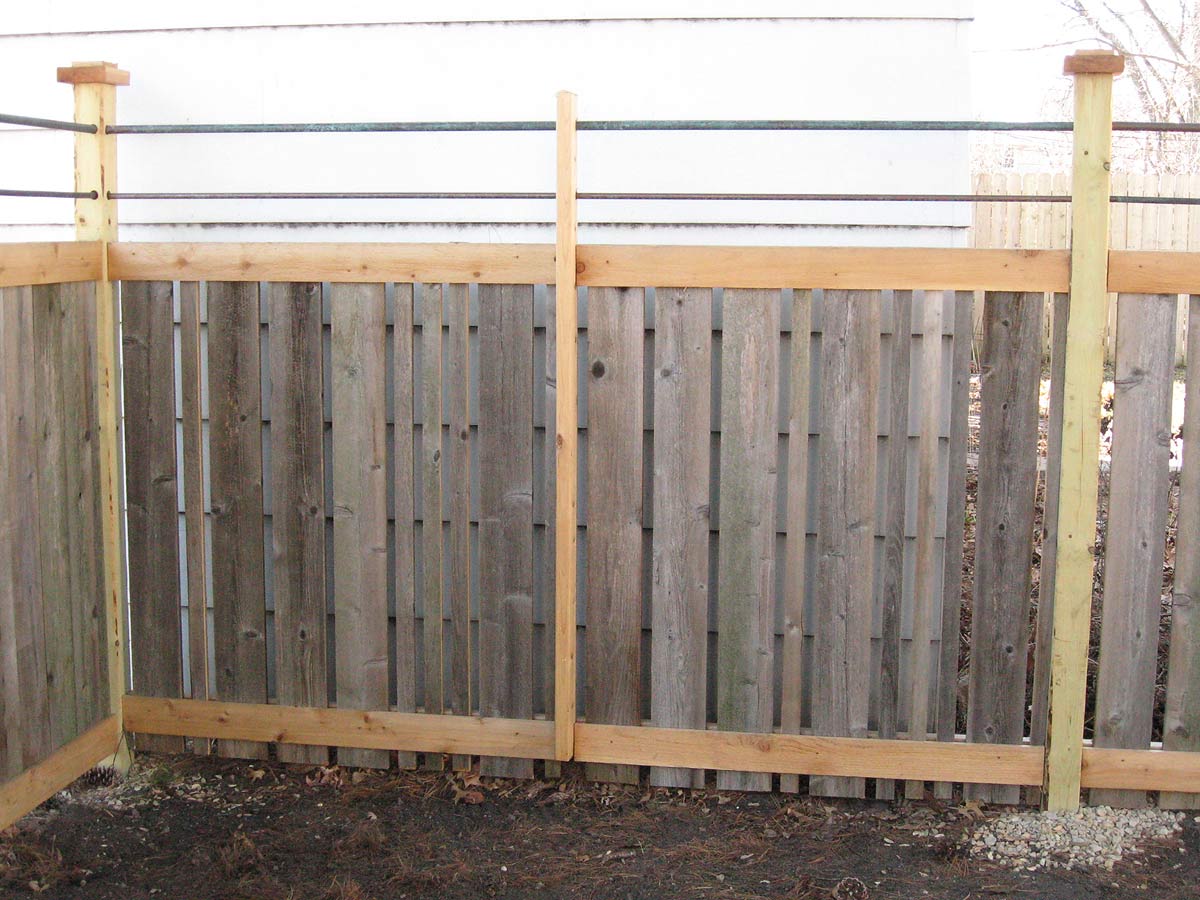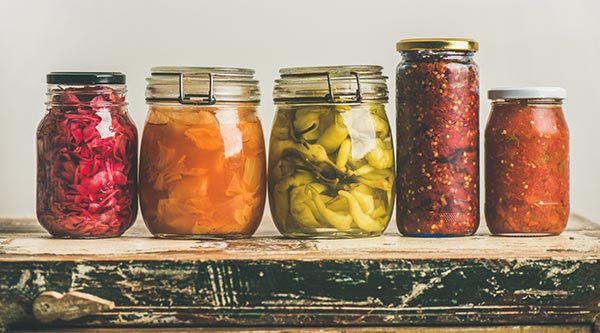Medical preparedness and foot health: 10 Tips to prevent foot blisters
06/17/2022 / By Zoey Sky
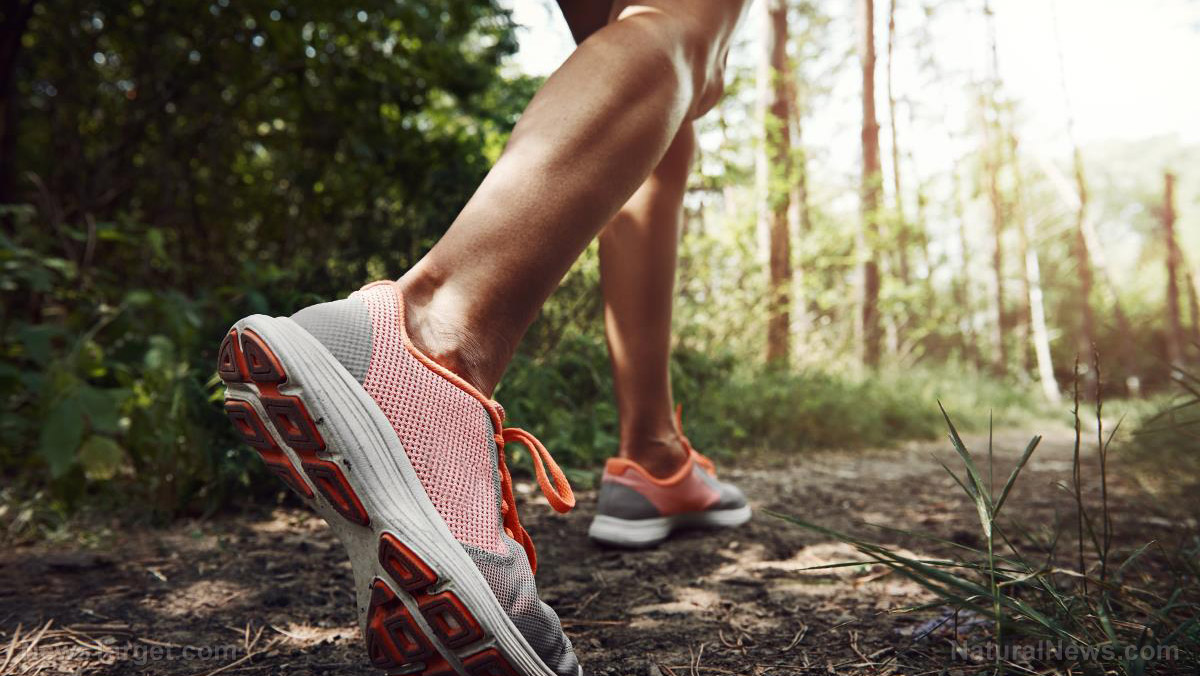
If you’re a prepper, you may spend a lot of time outdoors or on your feet. You need to know how to prevent blisters so you don’t have to worry about them getting infected if you get one on the go.
Care for your feet and learn how to prevent blisters so you can walk and run with ease. (h/t to SurvivalCommonSense.com)
What are blisters?
Blisters are bubbles that form when fluid collects in pockets under the top layer of your skin. They can be filled with pus, blood or serum, which is the clear, watery part of your blood.
Most blisters are shaped like circles. Depending on the cause, a blister can itch or hurt — a little or a lot. You can develop a single blister, but blisters can also appear in clusters.
Blisters may seem like a minor issue, but they can be dangerous once they get infected. When SHTF, you don’t want to get stuck somewhere because you have trouble walking.
An infected blister will fill with milky-white pus.
The most common kinds of blisters include:
- Blood blisters – Blood blisters form when something pinches your skin. Instead of clear liquid, blood floods the area from broken blood vessels and damage to the lower layers of the skin. The blood pools and then forms a blister.
- Friction blisters – Friction blisters form due to rubbing on the skin and clear fluid builds up in the upper layers of skin. You may develop friction blisters from walking too much in poor-fitting shoes or by not wearing socks. Friction blisters can also form on your hands while doing a lot of manual labor.
- Heat blisters – Heat blisters are caused by burns or sunburns. They may also form after you warm up from frostbite.
Follow the tips below to avoid getting blisters when hiking or walking a lot.
Toughen your feet before you leave
Never hike barefoot if you want to toughen your feet.
Instead, try wearing flip-flops while you’re out walking your dog on a paved track. If the weather is hot, take off your flip-flops and walk barefoot. This can help toughen the soles and edges of your feet.
Think twice about getting waterproof footwear
Many modern boots often have moisture-resistant liners. These liners don’t always work as advertised.
The moisture barriers are supposed to keep liquid from getting inside your boots while also releasing sweat-generated interior vapor.
However, it’s all about air pressure. Sometimes, the liners can’t remove the interior moisture fast enough if you’re exerting yourself.
The liners will then make the shoe hot, which makes your feet sweat more. This means your shoes will stay wet and eventually your socks will be wet.
Blisters are created from moisture, abrasion and heat. If your feet get hot and wet, you may develop blisters.
Get shoes that fit properly
Before buying boots or hiking shoes, go to a reputable outdoors store and get both your feet measured. Bring clean socks that you plan on wearing with the shoes.
Get a wider shoe or boot that is one-half to a full size larger than your street shoes. This is because feet swell when you’re on them for a long time, such as when hiking.
Depending on the weight of your bag, your feet may swell a lot. Wearing hiking boots that are too small will cause discomfort and blisters.
Break in your boots
Don’t go on a hiking trip without breaking in your boots. Doing this helps ensure that you can walk for a long time without any discomfort or painful blisters.
The simplest way to break in new boots involves wearing them with the socks you plan to use while hiking. Walk a couple of miles every day until they’re broken in.
This method takes some time, so you can try to break in your boots faster by filling them with water or soaking them in a bucket of water. Dry the boots thoroughly with a towel, then put on dry socks and go for a walk.
Once your socks start to get soggy, put on a new pair of dry socks. Keep walking and changing your socks until the boots are completely dry.
Lace boots correctly for the trail
There’s a proper way to tie your shoelaces while hiking. Your boots should be tight where they need to be and loose where they should be.
Adjust your shoelaces accordingly. While you’re going downhill, you have to keep your toes from bumping the end of the boot. When walking uphill, the heel area of the boot needs to be tightened so your heel doesn’t rub up and down.
Invest in high-quality socks
Avoid wearing 100 percent cotton socks in waterproof or water-resistant boots because your foot perspiration will soon soak through the sock, and the boots will hold the moisture in. (Related: Medical preparedness and foot health: Here’s why you need extra socks when SHTF.)
Your socks will be perpetually soggy, which softens your feet and causes blisters.
Change your socks frequently. Wear thin, polypropylene liners next to your skin under wool socks. The liners will cling to your feet and prevent the skin from rubbing on the coarser material.
Check your socks for wrinkles, which can also cause blisters. You usually get wrinkles across the arch when pushing your foot into a boot.
Let the boots dry out whenever possible
If you’re going on a long hike, take off your boots and socks then let them dry in the sun during breaks.
Prevent hot spots on your feet
After you start walking, you may notice spots on your feet that feel a little warmer. Stop immediately and tend to these hot spots.
Either change your socks, straighten out wrinkles in your socks or apply Moleskin. A hot spot can turn into a blister when left unattended.
Trim your toenails
Before hiking, trim your toenails. You can also bring clippers so you can trim your nails as needed while hiking.
Get Moleskin for your feet
Moleskin is a soft fabric with a thin layer of felt attached to an adhesive backing.
Moleskin is often used on the feet to protect the skin from rubbing against footwear or against itself. You can also use Moleskin to help cushion your feet.
More tips that can help prevent blisters
Here are some more tips to prevent blisters:
- Plan ahead for stream crossings. Check a topographic map and see if you will be crossing a lot of streams. Keep your boots dry and bring another pair of lightweight hikers or tennis shoes that don’t have moisture barriers.
- Put petroleum jelly between your toes before going hiking.
- Put some foot powder in your socks next to your skin and inside the boot.
- Upgrade your boot insoles because cheap or flimsy boot insoles can cause rubbing.
Blisters on your feet can be painful and you don’t want any when SHTF. Break in your hiking shoes before bugging out and wear quality socks to avoid blisters.
Watch the video below to understand why you shouldn’t pop your blisters.
This video is from the Smile For Science channel on Brighteon.com.
More related stories:
Foot care: An often forgotten practice when SHTF.
Walk the extra mile: 7 best camp shoes to take care of your feet.
Smelly feet? Try soaking them in an apple cider vinegar foot bath.
Sources include:
Submit a correction >>
Tagged Under:
blisters, bug out, foot care, foot health, Gear, off grid, preparedness, prepper, prepping, prevention, SHTF, survival, survival gear, Survival Tips
This article may contain statements that reflect the opinion of the author
RECENT NEWS & ARTICLES
COPYRIGHT © 2017 OFFGRID NEWS



